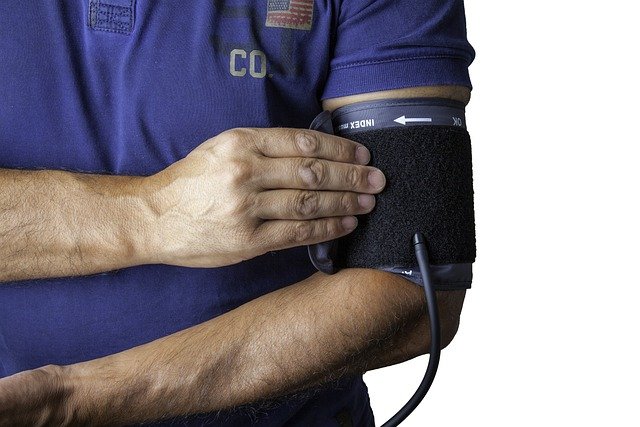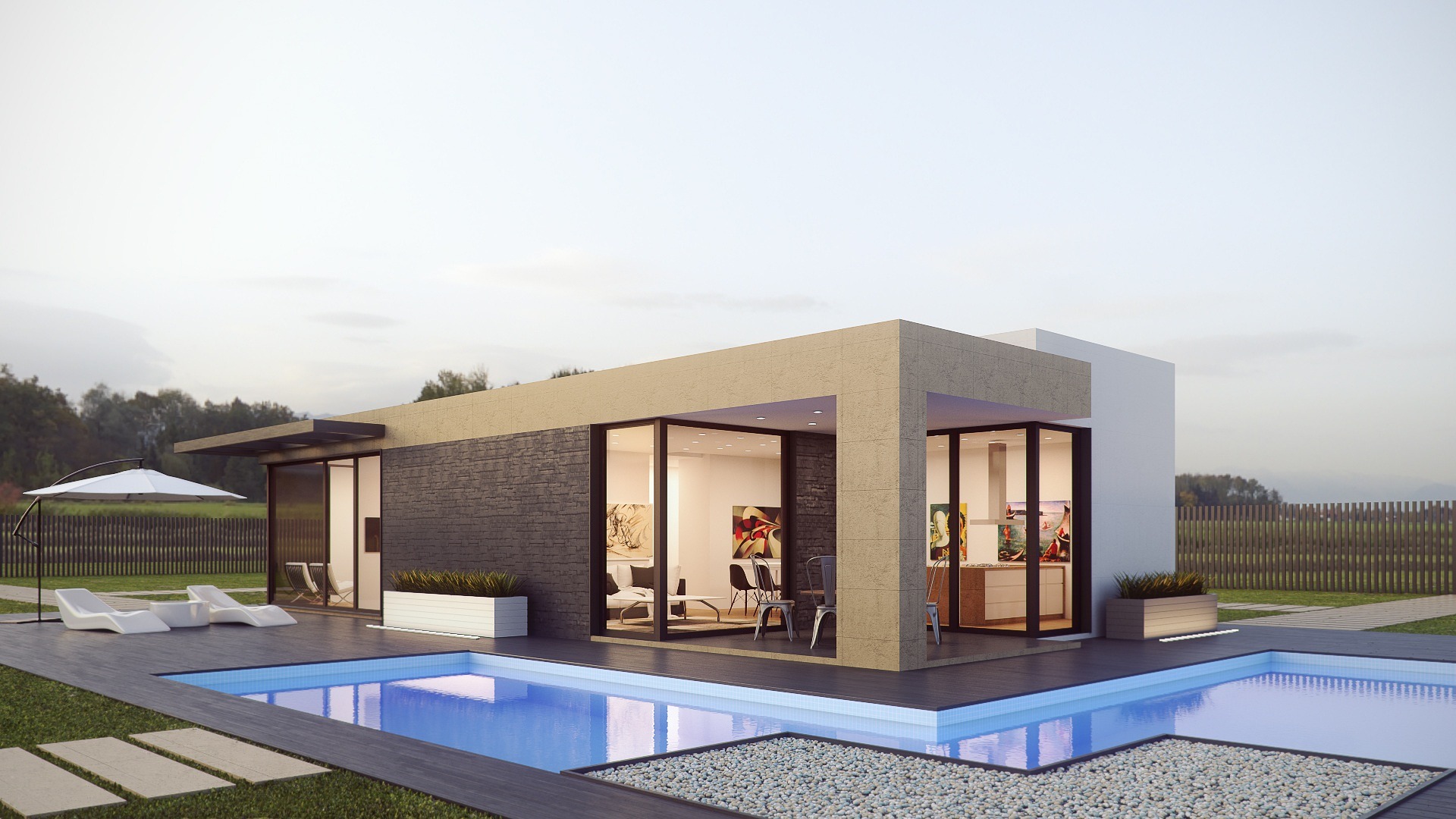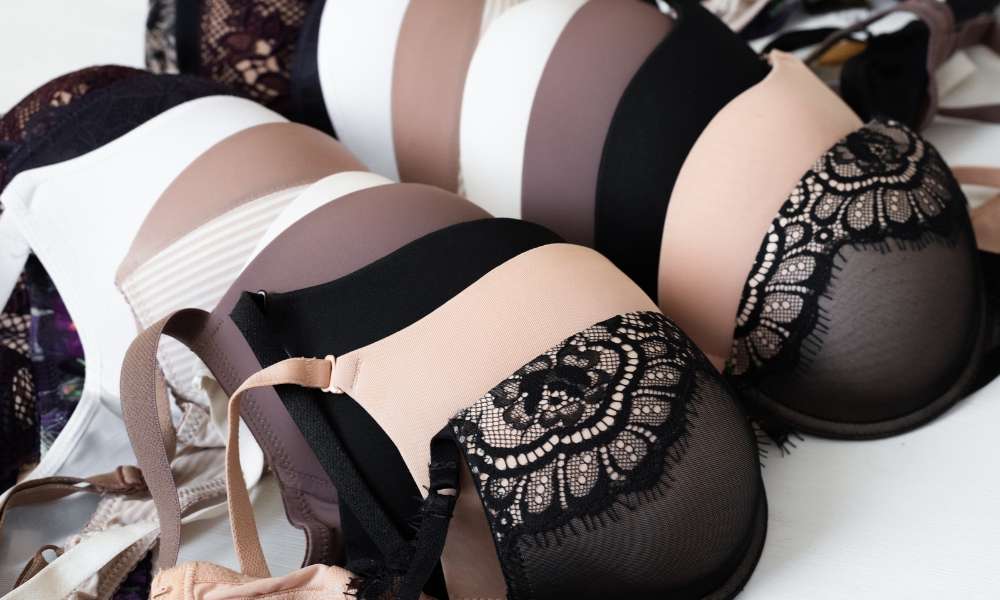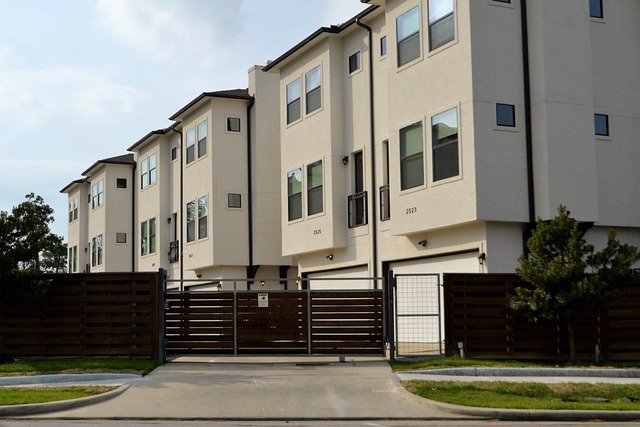Modern Prefab Homes: Beauty, Efficiency & Eco-Living
Prefabricated homes are revolutionizing the housing industry by combining cutting-edge design with sustainable building practices. These factory-built structures offer homeowners an efficient path to modern living while maintaining exceptional quality standards. Unlike traditional construction methods, prefab homes are manufactured in controlled environments and assembled on-site, resulting in reduced waste, faster build times, and superior precision. As Canadian housing markets continue to evolve, prefabricated homes represent an increasingly attractive option for those seeking customizable, eco-friendly, and architecturally striking residences that don't compromise on style or functionality.

What Makes Modern Prefab Homes Beautiful, Efficient and Sustainable?
Modern prefabricated homes have shed their outdated reputation, emerging as sophisticated architectural solutions that rival traditionally built houses. Today’s prefab homes feature sleek lines, expansive windows, and innovative materials that create stunning visual appeal. The efficiency comes from streamlined manufacturing processes that eliminate weather delays and reduce material waste by up to 40% compared to conventional construction.
Sustainability is built into every aspect of modern prefab construction. Factory-controlled environments ensure precise material usage, while many manufacturers incorporate recycled materials and energy-efficient systems as standard features. Solar panels, high-performance insulation, and smart home technology are commonly integrated during the manufacturing phase, creating homes that consume significantly less energy than traditional builds.
How Do Customizable Designs and Modern Architectural Styles Transform Your Home?
Contemporary prefab manufacturers offer extensive customization options that allow homeowners to create truly personalized living spaces. From exterior cladding materials to interior layouts, buyers can select from numerous design elements while maintaining the cost and time advantages of prefabricated construction.
Modern architectural styles available in prefab homes include minimalist Scandinavian designs, industrial loft aesthetics, and contemporary farmhouse looks. Many manufacturers provide online design tools that let customers visualize their choices in real-time. Popular customization options include vaulted ceilings, kitchen island configurations, bedroom layouts, and bathroom fixtures. This flexibility ensures that each prefab home reflects the owner’s unique style preferences while benefiting from efficient manufacturing processes.
What Are the Eco-Friendly Benefits and Long-Term Savings of Sustainable Living?
Prefabricated homes deliver substantial environmental benefits through reduced construction waste, energy-efficient design, and sustainable material choices. Factory construction generates up to 75% less waste than traditional building methods, while precise manufacturing ensures optimal insulation installation and air sealing.
Long-term savings materialize through reduced utility bills, lower maintenance costs, and increased home value. High-performance windows, advanced insulation systems, and integrated renewable energy solutions can reduce heating and cooling costs by 30-50% annually. Many prefab homes achieve ENERGY STAR certification or exceed local building codes for energy efficiency, qualifying homeowners for various rebates and tax incentives available across Canadian provinces.
How Do Precision, Speed and Flexibility Define Innovative Prefab Building?
Precision manufacturing distinguishes prefab construction from traditional building methods. Computer-controlled cutting and assembly ensure consistent quality and exact specifications that are difficult to achieve with on-site construction. This precision extends to electrical systems, plumbing, and structural components, resulting in fewer callbacks and warranty issues.
Speed advantages are significant, with most prefab homes completed in 3-6 months compared to 12-18 months for conventional construction. Weather delays are minimized since manufacturing occurs indoors, and site preparation can happen simultaneously with factory construction. Flexibility appears in both design options and future modifications, as modular systems allow for easier additions or reconfigurations compared to stick-built homes.
How Do Modern Interiors Blend Aesthetic Appeal with Functionality?
Modern prefab interiors prioritize open floor plans that maximize natural light and create seamless flow between living spaces. High ceilings, large windows, and strategically placed skylights enhance the sense of spaciousness while reducing reliance on artificial lighting. Contemporary finishes including hardwood floors, quartz countertops, and stainless steel appliances are standard in many prefab models.
Functionality is enhanced through built-in storage solutions, multi-purpose rooms, and smart home integration. Many prefab manufacturers include USB outlets, wireless charging stations, and pre-wiring for smart thermostats and security systems. Kitchen designs often feature islands that serve as both workspace and casual dining areas, while master suites may include walk-in closets with organizational systems and spa-inspired bathrooms.
| Home Type | Size Range (sq ft) | Price Range (CAD) | Key Features |
|---|---|---|---|
| Modern Studio | 400-800 | $80,000-$150,000 | Open concept, energy efficient, minimal maintenance |
| Two-Bedroom Contemporary | 900-1,200 | $180,000-$280,000 | Split bedroom layout, modern kitchen, sustainable materials |
| Three-Bedroom Family Home | 1,500-2,000 | $300,000-$450,000 | Multiple bathrooms, family room, customizable finishes |
| Luxury Prefab Estate | 2,500-3,500 | $500,000-$750,000 | Premium finishes, smart home systems, architectural details |
Prices, rates, or cost estimates mentioned in this article are based on the latest available information but may change over time. Independent research is advised before making financial decisions.
The prefabricated housing industry continues advancing through technological innovations and evolving consumer preferences. Quality certifications, extended warranties, and financing options similar to traditional mortgages have made prefab homes increasingly accessible to Canadian homeowners. As building codes adapt to accommodate modern prefab construction and municipalities streamline approval processes, these efficient and sustainable homes represent a compelling alternative to conventional construction methods.




